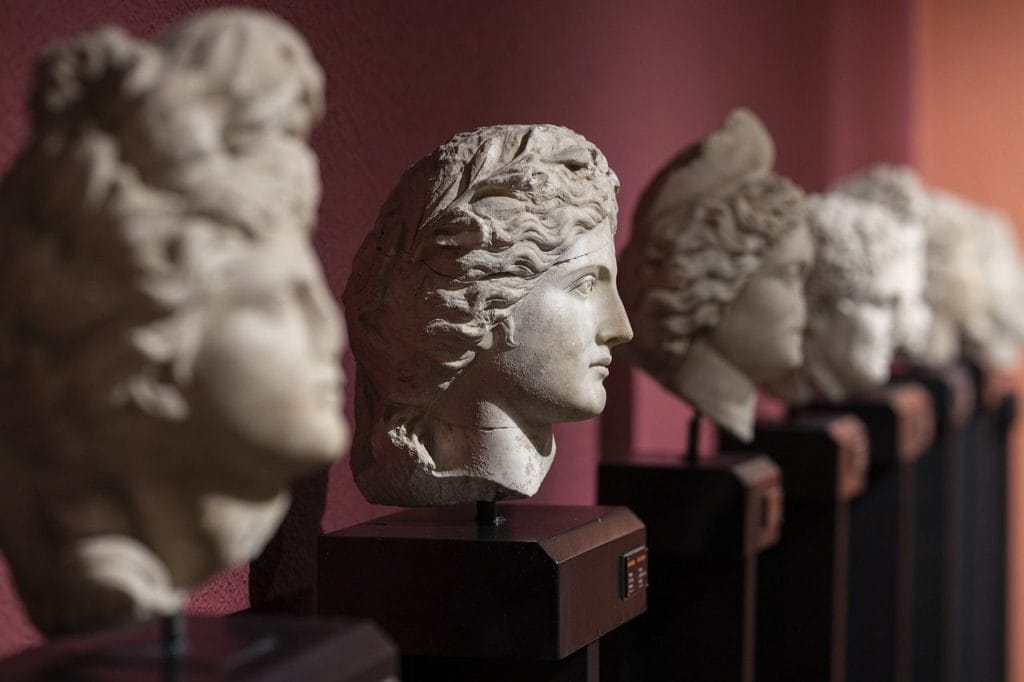In the lush forests of northeastern Vancouver Island hangs a unique lichen known as oldgrowth specklebelly, resembling coral in a sea of green. Lichenologist Trevor Goward considers this slow-growing species not only at risk but also a vital marker of ancient forests, often referred to as “the oldest of the old.” These old-growth forests, akin to libraries and museums, offer a glimpse into the past, showcasing the continuity of nature through time.
Photographer Joshua Wright captured the beauty of oldgrowth specklebelly in a forest near Victoria, where ancient yellow cedars stand tall for centuries. This forest, part of the Tsitika River watershed, holds significant biodiversity and historical value. Despite being recommended for protection as an ancient old-growth site in 2021, plans for clearcut logging by BC Timber Sales threaten its existence by the end of September.
The debate over logging in this ancient forest has sparked differing opinions among Indigenous leaders of the Kwakwa̱ka̱ʼwakw nations, shedding light on complex issues of land stewardship and cultural heritage. While some advocate for sustainable resource management, others, like ‘Namgis First Nation councillor Ernest Alfred, emphasize the environmental and cultural significance of preserving these old-growth ecosystems.

